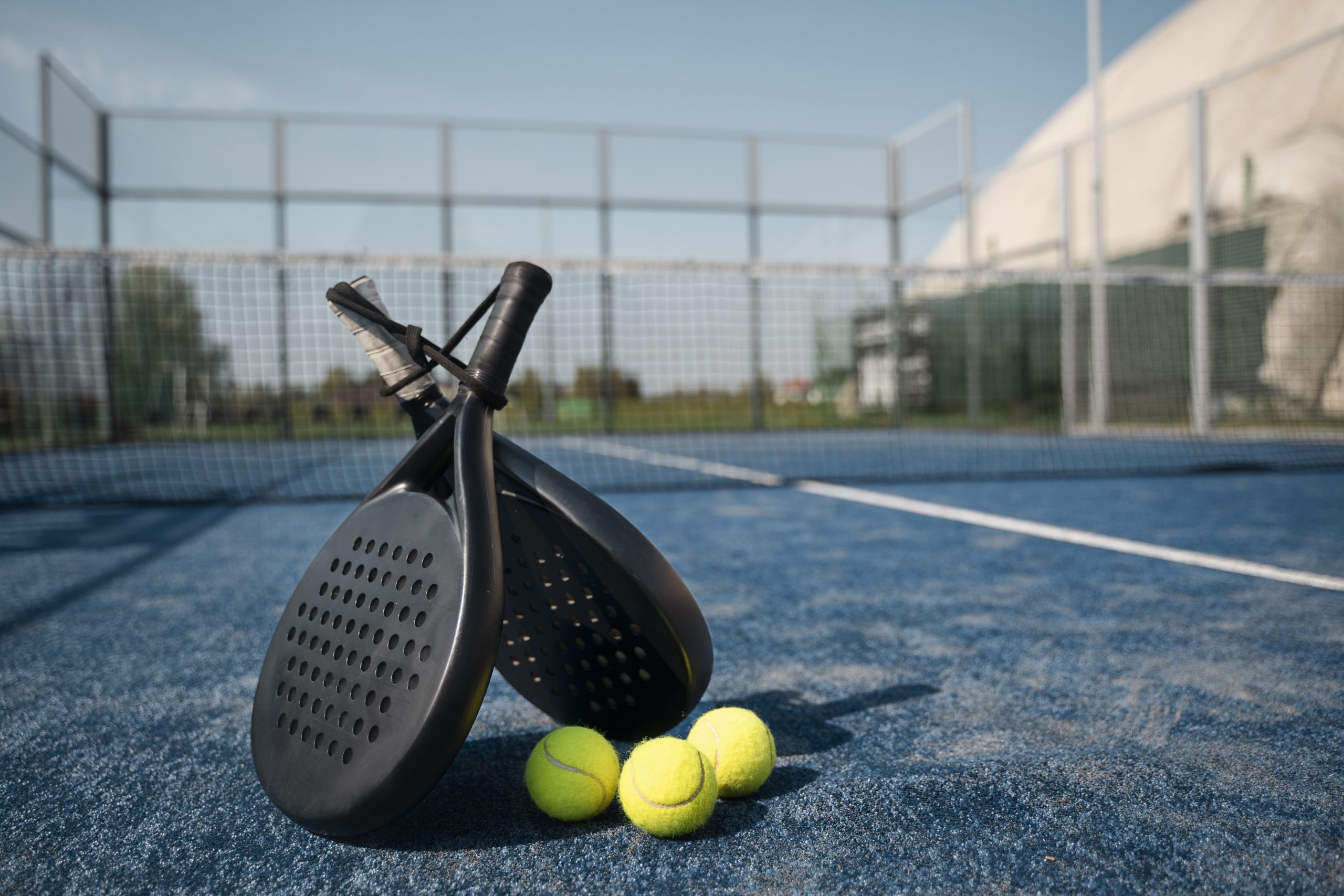
Table of Contents
ToggleIn the vast realm of racquet sports, two contenders have emerged as popular choices for enthusiasts seeking fast-paced, engaging gameplay: paddle tennis vs pickleball. These sports share some similarities, yet each boasts its unique set of rules, equipment, and playing styles. This comprehensive comparison aims to delve into the nuances of paddle tennis vs pickleball, shedding light on their origins, gameplay, equipment, and growing popularity.
Origins and Evolution:
Paddle Tennis:
Historical Roots:
Paddle tennis has a rich history dating back to the early 20th century. It originated in New York as a winter alternative to tennis, designed to be played on smaller courts with wooden paddles.
Evolution:
Over the years, paddle tennis underwent various modifications, with improvements in equipment and court design. Today, it has evolved into a dynamic sport with a dedicated following.
Pickleball:
Unexpected Beginnings:
Pickleball, in contrast, has a more recent origin, emerging in the mid-1960s on Bainbridge Island, Washington. It started as a backyard pastime, combining elements of tennis, badminton, and ping pong.
Rapid Growth:
Pickleball’s popularity skyrocketed due to its accessibility, making it an appealing option for players of all ages. The sport’s simplicity and social nature contributed to its rapid expansion across the United States and beyond.
Gameplay Dynamics:
Paddle Tennis:
Court Size and Design:
Paddle tennis courts are smaller than traditional tennis courts, measuring 44 feet in length and 20 feet in width. The unique court size impacts the pace and strategy of the game.
Scoring System:
Paddle tennis utilizes a traditional tennis scoring system, with matches typically played as best-of-three sets. The game emphasizes fast-paced rallies, requiring players to combine strategy with quick reflexes.
Pickleball:
Court Dimensions:
Pickleball courts are even smaller, measuring 20 feet by 44 feet, making the game more accessible for players of varying skill levels. The smaller court size promotes agility and close-quarter play.
Scoring Format:
Pickleball features a unique scoring system, with matches played to 11 points, but a team must win by at least two points. This scoring format adds an element of suspense and excitement to the game.
Equipment:
Paddle Tennis:
Paddles:
Paddle tennis vs paddles are solid and smaller than traditional tennis racquets. They are often made of wood, fiberglass, or a composite material, providing players with control and maneuverability.
Balls:
Paddle tennis uses a pressurized tennis ball, similar to those used in regular tennis matches. The ball’s characteristics contribute to the sport’s unique playing style.
Pickleball:
Paddles:
Pickleball paddles are larger and have distinct features, often made from materials like graphite or composite. The design allows for increased ball control and varied shot selection.
Balls:
Pickleballs are perforated plastic balls, specifically designed to reduce the speed of play. The choice of ball influences the dynamics of rallies and player strategy.
Popularity and Community
Paddle Tennis:
Niche Following:
Paddle tennis has a dedicated community, with enthusiasts often playing in clubs or private facilities. While not as widespread as some other racquet sports, its unique appeal attracts players seeking a blend of strategy and intensity.
Tournaments and Events:
Paddle tennis tournaments and events bring together skilled players, fostering a competitive yet friendly atmosphere. The sport’s community continues to grow, drawing attention from both newcomers and seasoned players.
Pickleball:
Explosive Growth:
Pickleball has experienced explosive growth in recent years, transcending generational and skill-level boundaries. The sport’s inclusive nature and social aspects contribute to its widespread appeal.
Community Engagement:
Pickleball communities are thriving, with clubs, leagues, and tournaments held across the globe. The sport’s emphasis on friendly competition and camaraderie makes it a popular choice for recreational players.
Conclusion
As we navigate the intriguing world of racquet sports, the rivalry between paddle tennis and pickleball becomes more apparent. Both sports offer unique experiences, appealing to players with distinct preferences. Paddle tennis, with its fast-paced rallies and traditional roots, caters to those seeking a dynamic yet classic playing style. Meanwhile, pickleball’s explosive growth and inclusive nature make it a favorite among players of all ages and skill levels.
In the end, whether one gravitates towards the elegance of paddle tennis or the accessibility of pickleball, both sports contribute to the diverse tapestry of racquet-based recreation. The choice between paddle tennis and pickleball ultimately rests on individual preferences, but what remains certain is the shared love for these engaging and evolving sports.
